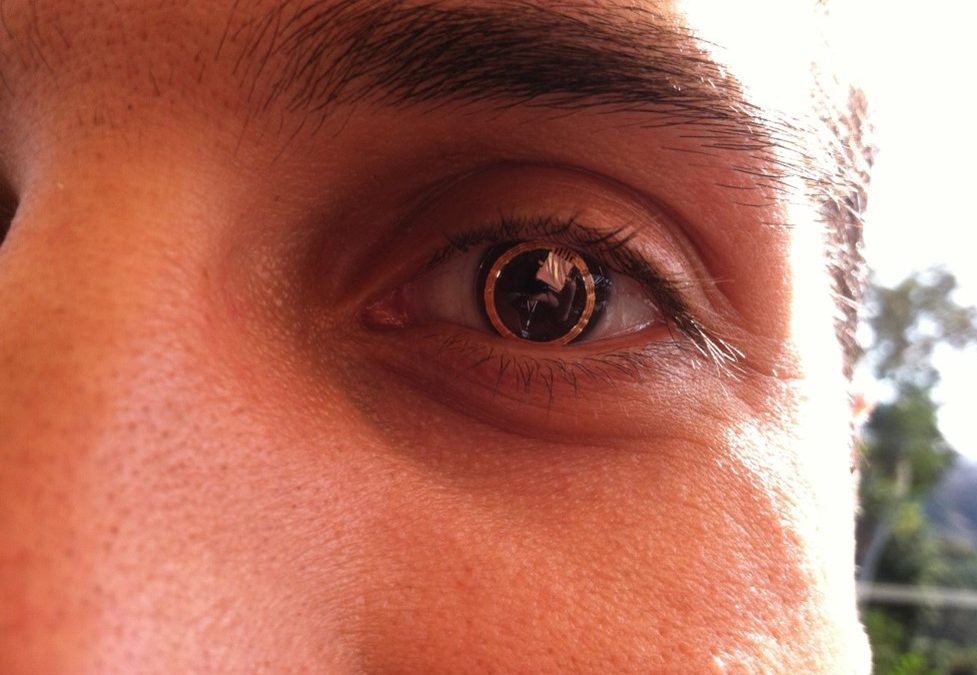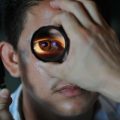Human beings come to accept that we are not infallible and that we all have one thing or another that is not on the up and up. Tests and examinations are available now to determine if a person is unknowingly suffering from glaucoma. Tonometry gives indication of the pressure in the eye of the patient by measuring the firmness of the surface of the eye. The procedure starts off with the eye being administered with localized anesthetic eye drops. One it takes effect the sensor of the tonometer is placed against the front surface of the eye which does the job of emitting a puff off warm air to measure the pressure level of the aqueous fluid in the inner eye.
The eye pressure level of each individual is different. Each has their own unique level of tolerance in terms of pressure level ranges. The normal pressure range is set at 12-22mm Hg but then there are individuals who show pressure readings in this range but still have glaucoma. Glaucoma is usually diagnosed on a patient who shows reading beyond 20 mm Hg.
The Pachymetrytest measures the thickness of the cornea and is a painless exam which begins with anesthetic eye drops. Once the eye is numb the achymeter is lightly rested on the cornea. This is done to see if the thickness of the cornea is affecting the IOP of the patient. Patients with a flimsy cornea could be an indication that the subject may be prone to glaucoma. Determining the thickness of the cornea allows the doctor to interpret the tonometry reading of the patient.
Gonioscopy uses special contact lenses with mirrors placed on the surface of the eye. The mirror of the lens functions such that the doctor is able to look at the eye’s interior from different angles and directions. It helps examine the drainage in the eye as well as the angle.
The special lens allows checking if the angle is unobstructed or narrowed. It also gives the doctor a chance to check for other abnormalities like hyperpigmentation or other damage to the angle. Gonioscopy exams can also tell is if there are abnormalities in the blood vessels, the presence of tumor which could be causing blockage. Patients who have narrow angles have a higher likelihood of developing acute angle-closure.
Ophthalmoscopy exams use a head-mounted device, a handheld one or special lenses with a slit lamp to peer into the iris. This is done to see if there is damage to the optic nerve or if there is an indentation or cupping of the disc. Cupping is caused by an increase in IOP. Cupping is also a symptom that a person may have or have developed glaucoma. Ophthalmologists use specialized cameras which can take photographs of the optic nerve, allowing them to compare any changes, if any, happen over time.
Visual field testing provides a map of the visual fields in order to determine any recent or early indications of optic nerve damage due to glaucoma. Random flashes of light are shown at different intensities and the patient is required to push a button when they see a light flash. This is a method of test that creates a computerized mapping of the visual field of the patient. It outlines the portions of the eye which cannot or can see because there are idiosyncratic shifts in the visual field of a patient with glaucoma.
Optical coherence tomography and Confocal laser scanning systems are non-invasive imaging systems which process a 3-D image of the retina and the optic nerve. It indicates the degree of cupping and detects the thicknesses of the retina whilst measuring the ganglion cell layers.






 I love to write medical education books. My books are written for everyone in an easy to read and understandable style.
I love to write medical education books. My books are written for everyone in an easy to read and understandable style.